The Singapore Series – Introduction
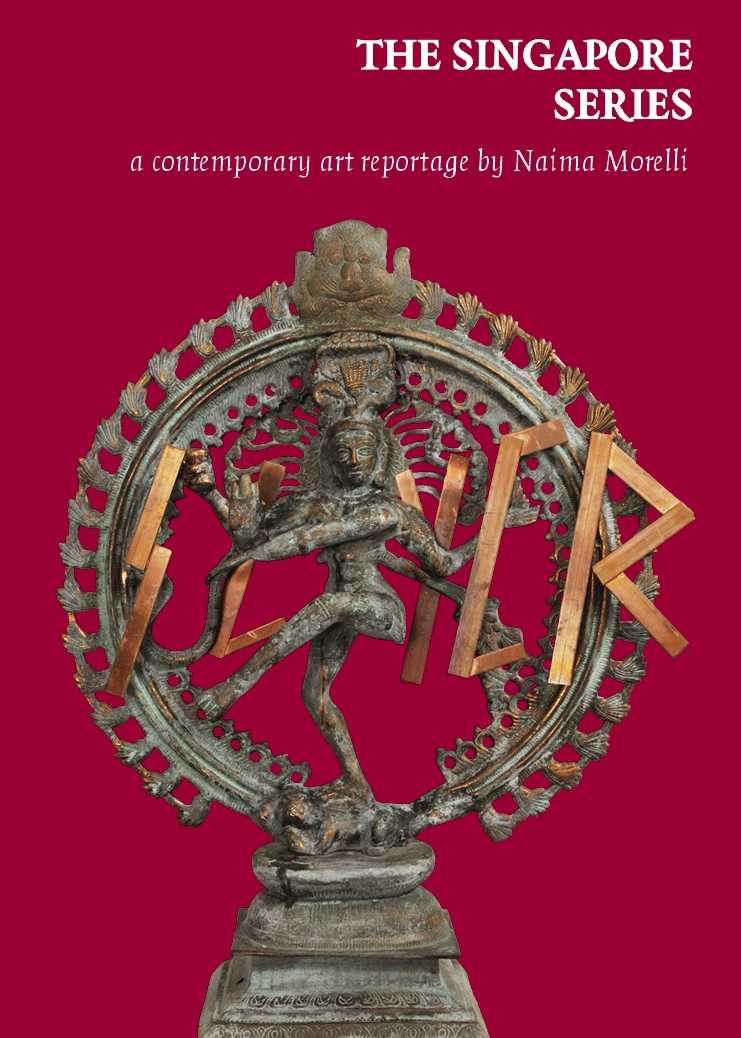
Hello dear readers. I’m glad to announce that from today on this blog and on the platform MEDIUM I am starting the publication of my reportage on the Singaporean contemporary art system. I have been working on this for more than three years, and I’m proud to finally share it with you!
You will read a new essay each Monday for about six months, and this will culminate in a final publication. After considering different options to get this material out there, I very much liked this idea of publishing a new episode each week. It reminds me of those writers like Salgari or Jack London who used to publish their books “in episodes” on newspaper, making it into almost an appointment with their readers.
This is the index, comprising of the interviews that you will read in the next few months:
Intro
MOTHERLAND/CITYPORT
– Boedi Widjaja
– Fyerool Darma
– Sherman Ong
– Ho Tzu Nyen
MARKET/SPIRIT
– Lee Wen
– Amanda Heng
– Vincent Leow
– Sarah Choo
BUREAUCRACY/IMAGINATION
– Zihan Loo
– Gerald Leow
– Shubigi Rao
– Ruben Pang
URBAN/NATURE
– Adeline Kueh
– Geraldine Kang
– Donna Ong
– Robert Zhao Renhui
Ready? So let’s get started:

Introduction
The immortal artwork has a mortal parents. It is born out of humanity. You can take it as an idol if you want, and consider it sacred. Your golden calf. Or smash it. More than the single piece, we should revere the creation of beauty and know it important for us to live. I’m on the camp of those who think that the artwork is not the endpoint, but a point of passage. A point in time and space that helps us understand the complex network of human relationships that takes the forms of politics, economy, and even gives a structure of our cities. Artists are influenced by those factors, and they contribute to them at the same time. They are no different from any other human being in this sense. They only create work that makes these dynamics visible.
Living in an unprecedented materialistic society and time it is counter intuitive to look far beyond the object, even in the supposedly ethereal art world. Think about it. When people-who-are-not-in-the-art-world (we will call them “normal human beings”, assuming that us art insiders are either demigods or super-villains) talk about contemporary art, they usually describes it a series of objects put together without logic sense. A common refrain is: “I walked into the gallery, and there was a broom, a chair and some fabric tying the chair and the broom together.” They would then look with defiance at the only vernissage-attending person in the room – sometimes it happens to be me – as if I was some sort of paladin of contemporary art: “So now you explain me how that was supposed to be art!”
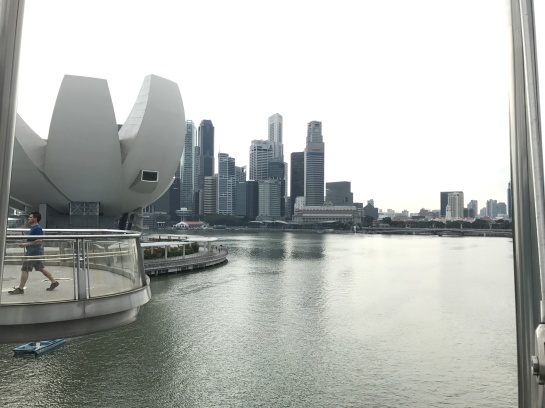
Of course this is usually a rhetorical questions because the “normal human being” has already made up his mind. He probably added the experience to his personal set of data attesting the decadence of Western civilisation. For him or her, providing the description of this pile of objects put together called “artwork” would be sufficient to destroy the validity of centuries of pushing the boundaries in art. For him, this “contemporary art” doesn’t look like reality, it doesn’t even look like Caravaggio, it doesn’t look like a painting or a sculpture at all actually. So it is shit. But we shouldn’t dismiss the real question behind the “normal human being”’s observations though: if it doesn’t look like art, what is that has justified the creation of such an useless thing? Why this charlatan claiming to be an artist wasted his or her time to put together this particular assemblage of junk? So, crazy people do exist – the “normal human being” would consider. The problem – the real problem – is with those gatekeepers thinking these random objects looked so special to grace them with access to galleries or a museums. I will show in the book how these seemingly obvious questions – questions we though we would have overcome a long time ago in the Western world – are precisely the ones that the more recent art systems are bound to ask themselves.
There is one more thing we must keep in mind about the artwork before approaching the so-called new contemporary art geographies. The artwork is what happens when an individual tries to express something in an irrational, non-descriptive way. It is also an attempt to connect with other people. I deeply respect it,, however I won’t ever defend or justify attempts with all of my heart. Mostly because I’m convinced that in contemporary art most of the times this connection miserably fails. I don’t have any reticence to say that in the eighty percent of the cases, contemporary art leaves me indifferent. To be honest, I don’t particularly like it per se. What I do like though are the humans who are making it. I find them infinitely interesting, especially when they pour their entire essence in some object that doesn’t make any sense at a first glance. Where does that passion, that spirit of creation comes from? I smuggled this simple question with me through the Changi aereoport, bringing it in the most pragmatic of the pragmatist societies: the Singaporean one. In this context, the answer to the motivation for such an absurd and useless activity such as art assumes an unexpected significance.
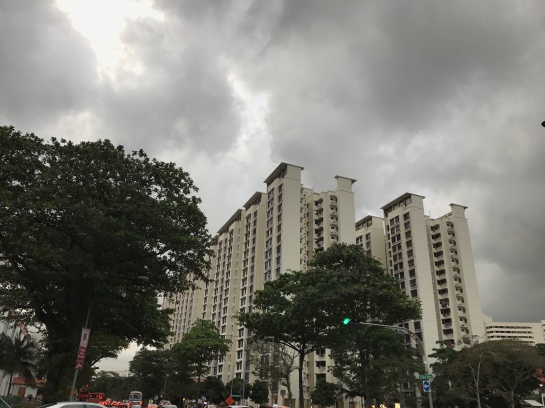
Do you remember those monkeys gathering around that mysterious black monolith in 2001: A Space Odyssey? Or that blithe family on the Led Zeppelin album having lunch with that angular object as centerpiece? What looks like nonsense can also be extremely attractive if it has some mystery to it. Especially if other people are attracted to it already. It starts having a perceived value. After all, those colourful pieces of rectangular paper with intricate drawings and signs we carry in our wallet – they don’t make much sense either. When people started giving value to those pieces of paper, that’s when monetary transactions started. Art started even earlier, with different meaning in different cultures. This meaning is in constant evolution. So much that today an unmade bed by some English gal called Tracey sold for £2.2m at auction at Christie’s in London. All that while your mum still forces you to make your bed in the morning. Totally unfair if you ask me.
This is the perspective with which I will talk about art in this book. I will certainly analyse specific artworks, but chiefly as a symptoms of human dynamics. I will also talk about artists. Today we can’t say artists remain hidden behind their creation; their persona, background and history have a very real effect in how the public see the work. It is true, the work must speak for itself, but only up to a certain point. After that point, it is the job of writers, curators and museum directors to clarify the context in which the work has been created. Understanding the artist’s background can help us make sense of that broom and a chair in the corner. We can of course just refuse to connect with artworks which doesn’t naturally speak to us. But chances are that if you picked up this book you are interested in expanding your universe, both mentally and emphatically. Art is good at that. So you will read here a lot of conversations with artists – it is wonderful to hear their voice directly – as much as words can convey it. Through their voices, we can unburden the artwork from the expectation to be always made of the same matter of the Sistine Chapel. If you don’t appreciate a work of contemporary art itself, you can still admire the intention and courageous effort of the artist. When genuine, the artist is the ultimate Sisyphus which finds its fulfilment in keeping on rolling the stone up the mountain – regardless of the fact that it will probably roll back down. It is almost a physiological function, an attitude which in chapter two I will call “Spirit”.
Then there is the art system. This is very peculiar in Singapore, as it is closely knitted with two important actors that resurface over and over again in this book: the government and the market. On a global level, the interplay between these two factor is key in our time. Art is inevitably shaped by them. It is part of the problem and the solution. From the tangle of market and government also the frenemy of the idea of art comes into play. This is bureaucracy. I look at this grey-suited entity as a phenomenon that is embedded in all the advanced societies today, and reaches its very zenith in the Singaporean art system.
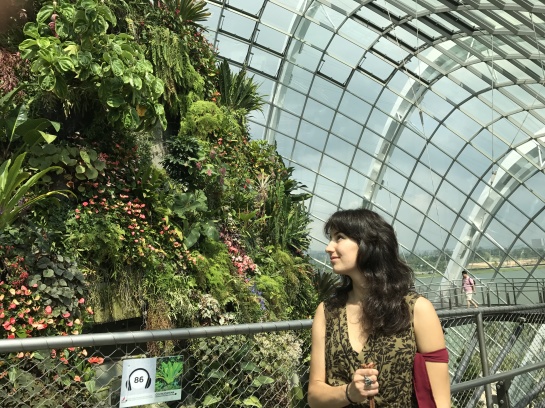
The direction toward which the book is headed is the unfolding relationship between the urban space and natural space, a topic with many local artists have at heart. I explain that the way space is owned and administrated in Singapore has a direct effect on the workforce, leisure time and way of creating art as well. The relationship Singapore has with nature reveals the values the whole society holds on a deep level. The translation of the idea of forest and garden city by artists is important to grasp these values in order to change them or enforce them, in the light of a more global practice of sustainability.
In surfing this vast, interconnected array of topics, I tried to bring to the table a different set of reflections. Being an Italian arts writer who researched and analysed the scene as an outsider, I look at the phenomena of the art world with a very different set of assumptions compared to a say, Joo Chiat-born and bred. My aim with this book is to be discursive and fluid, letting these core themes emerge and be part of an ongoing conversation. My convictions are not anchors, but rather cardinal points. For me this is the only solution to escape relativism and the plague of postmodern irony in writing, while also steering away from any kind of ideology. In writing these pages I’m not interested in establishing truths, but rather I want to provide the reader with a model of thought. Hopefully the reader would be able to use it beyond the particular art system in Singapore.
While typing, I had sticked on my the wall of my desk the F. Scott Fitzgerald quote saying that the test of a first-rate intelligence is the ability to hold two opposed ideas in mind at the same time, and still retain the ability to function. As I see it contradiction is inevitable in humans. It is unbiased rationality which is a real artifice. Of course, we must do our best to try to function across different extremes. This means adjusting ourselves all the time, keeping an eye on our choices and retaining a practical sense of what needs to be done. This is why I chose to title my chapters as dichotomies – two extremes we continuously negotiate. These are not specific concepts, but poetic ones. Again, cardinal points.
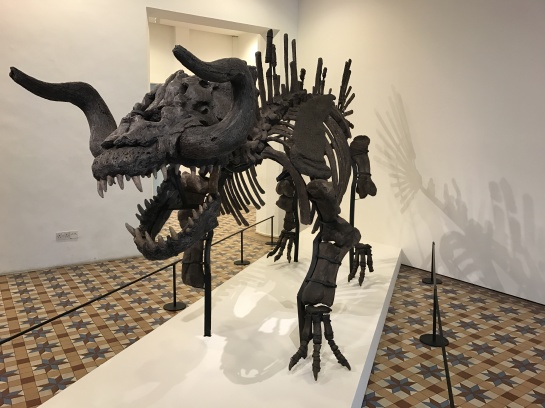
If you are interested in contemporary art in Southeast Asia, this book will give you an introduction to the local art ecosystem in its description of the place where the entire region meet and collide. Faithful to its origins as a city port, Singapore is today a hub for contemporary art in Southeast Asia exhibiting art from all over the region. As the cultural environment of the city thrives, people from different industries and walk of life are relocating to there. In the past few years the local and international audience with interests in art has grown exponentially due to the opening of new museums and art centres across the island, and the institution of the Singapore Biennale and a few art fairs. Of course, with this exuberance of actives came also challenges. While some of these issues are peculiar to Singapore, others are universal.
The Singapore I’ll talk about is not merely a physical space. It is not even simply a conceptual space, in the sense of an expansive but assessed-to-the-core-concept, animated by certain dynamics within it. I will rather look at Singapore as an imagined space, as it is continuously destructed and reconstructed. Indeed, in this very delicate moment of Singapore history, just past its 50 years of existence, the identity of the country is in the process of being re-created by young Singaporean artists. They find themselves in the eye of the storm, negotiating between government and market needs and their own individuality. I will also look at how the Singaporean environment shapes artists themselves. The influence of the physical space sums up to the specific generational features; Gen Y kids don’t make distinctions between high-brow and low brow – they don’t put a hierarchy on cultural material, in order to understand their reality. This is a characteristic of the daughters and sons of postmodernism, but also something that comes particularly natural to Singaporeans, whose culture is in equal parts Asian and Western. “Bastard childs”, in the words of artist Gerard Leow.

Through Singaporean art this reportage looks at some of the core dynamics of our time, with the lion city as a small-scale model where changes that have only been dreamed (or nightmared) elsewhere are actually taking place – the impact of migration, the economy setting values, politics and control, integration of nature in the urban environment, just to name a few. Singapore is at forefront of what we might consider innovation or perhaps digression, compared to the values we developed in the last few decades. The real advantage in exploring global dynamics and equilibriums through the work of artists, is that we found ourselves dealing with the most ineffable, yet fundamental material in human history. Imagination. And the spirit which fuels it.
See you next Monday with the first chapter



